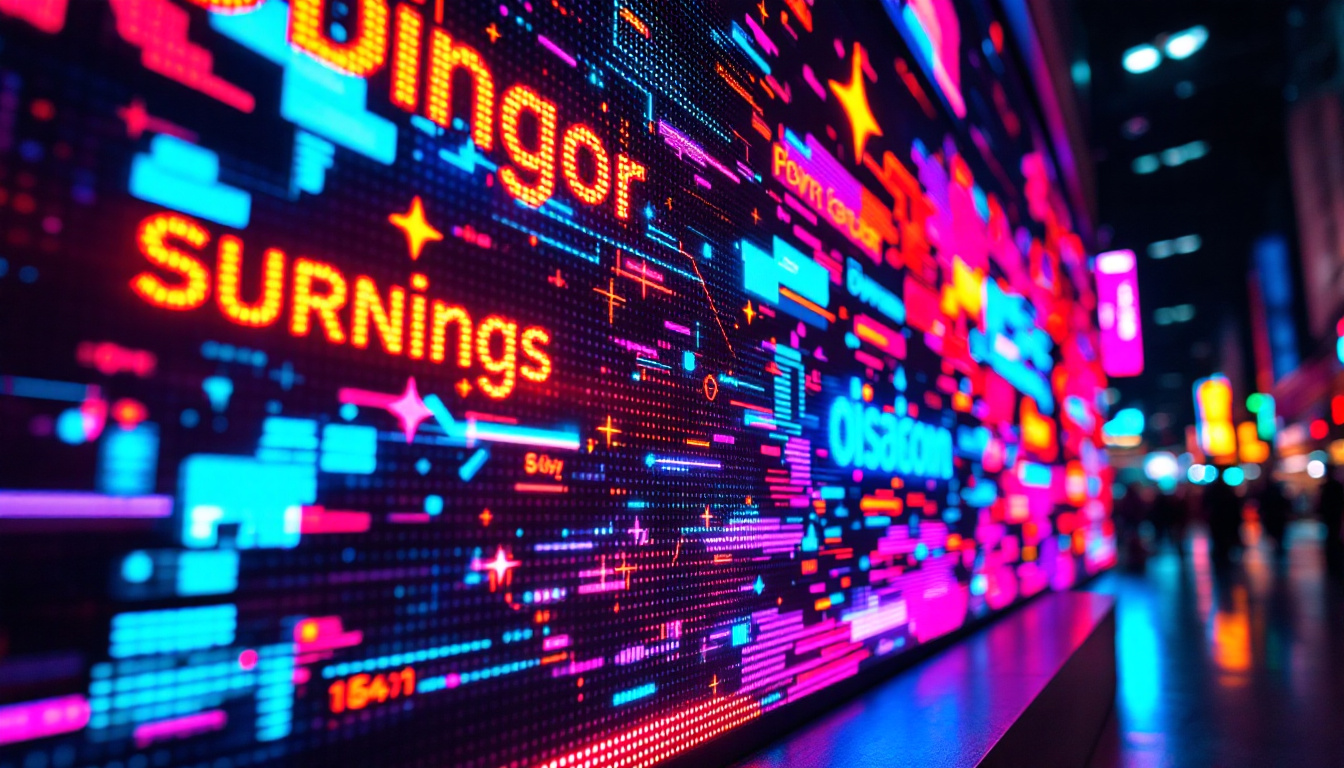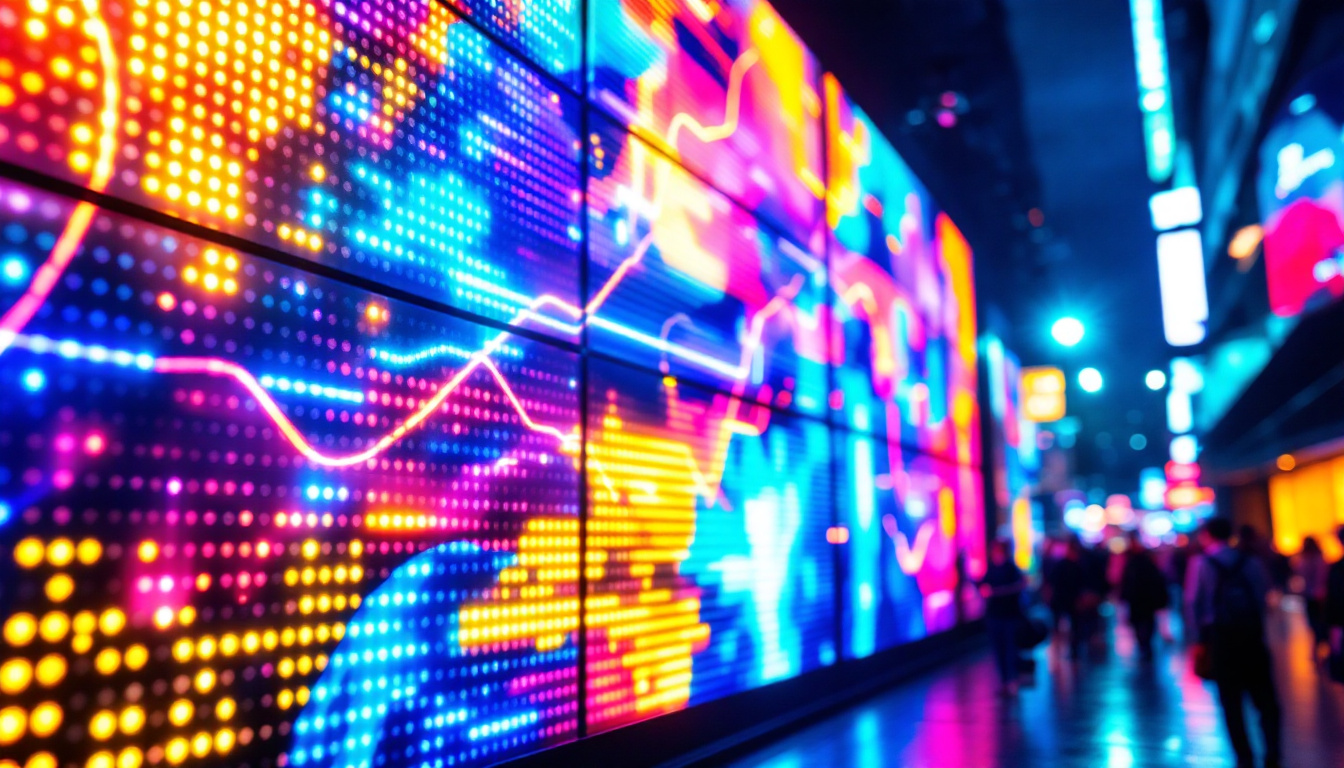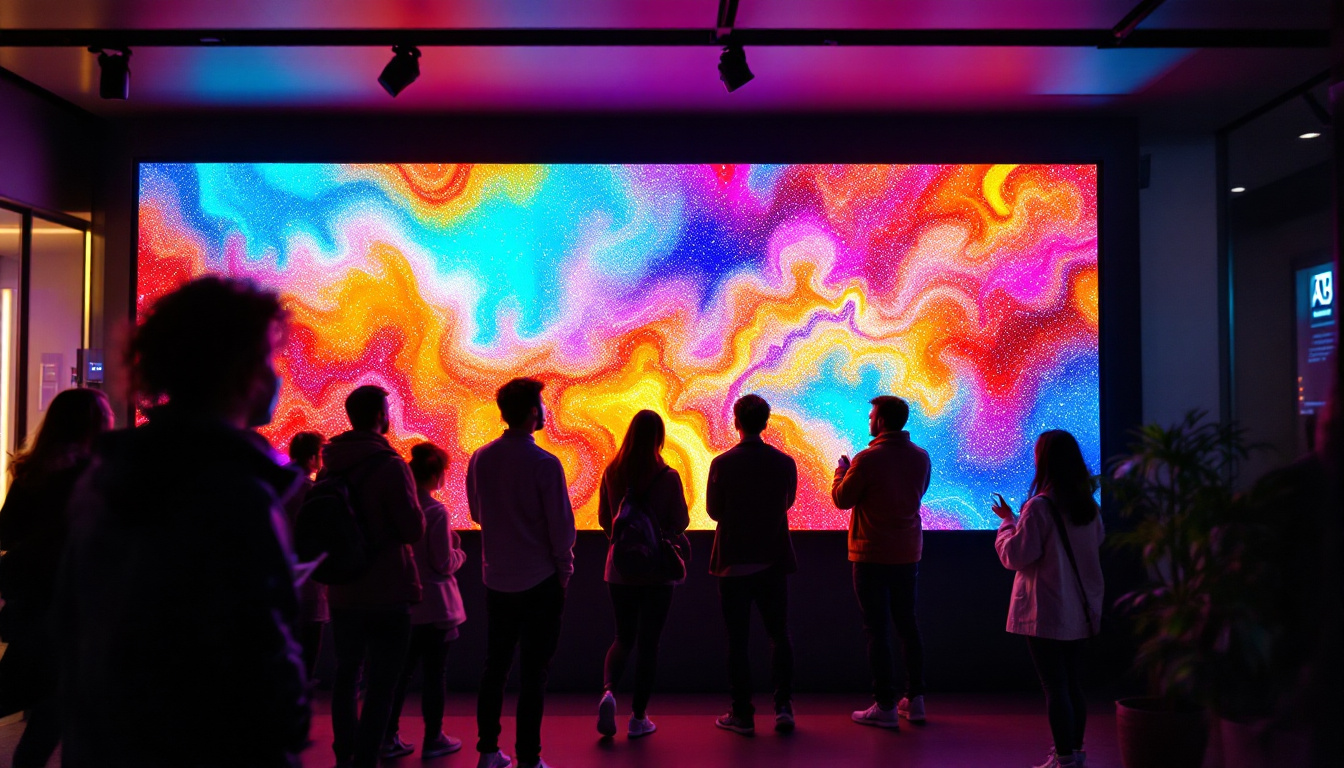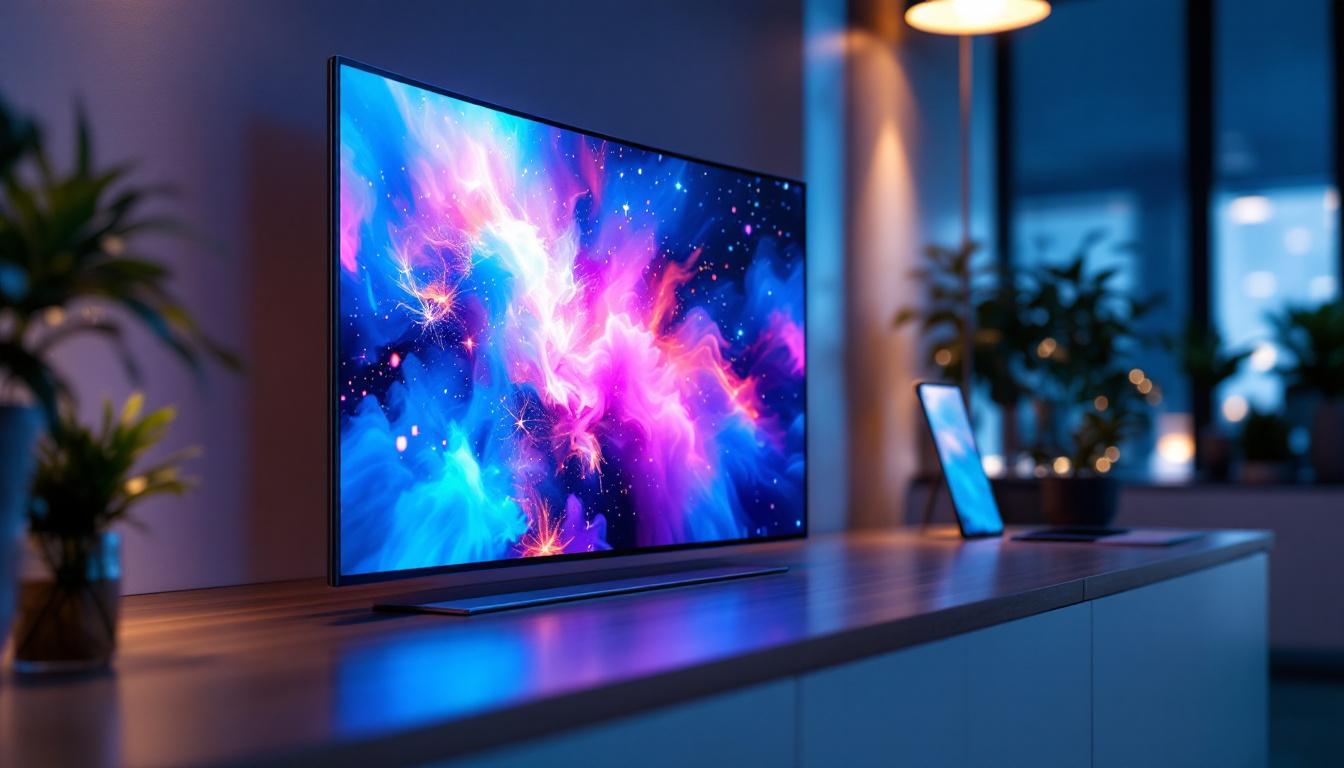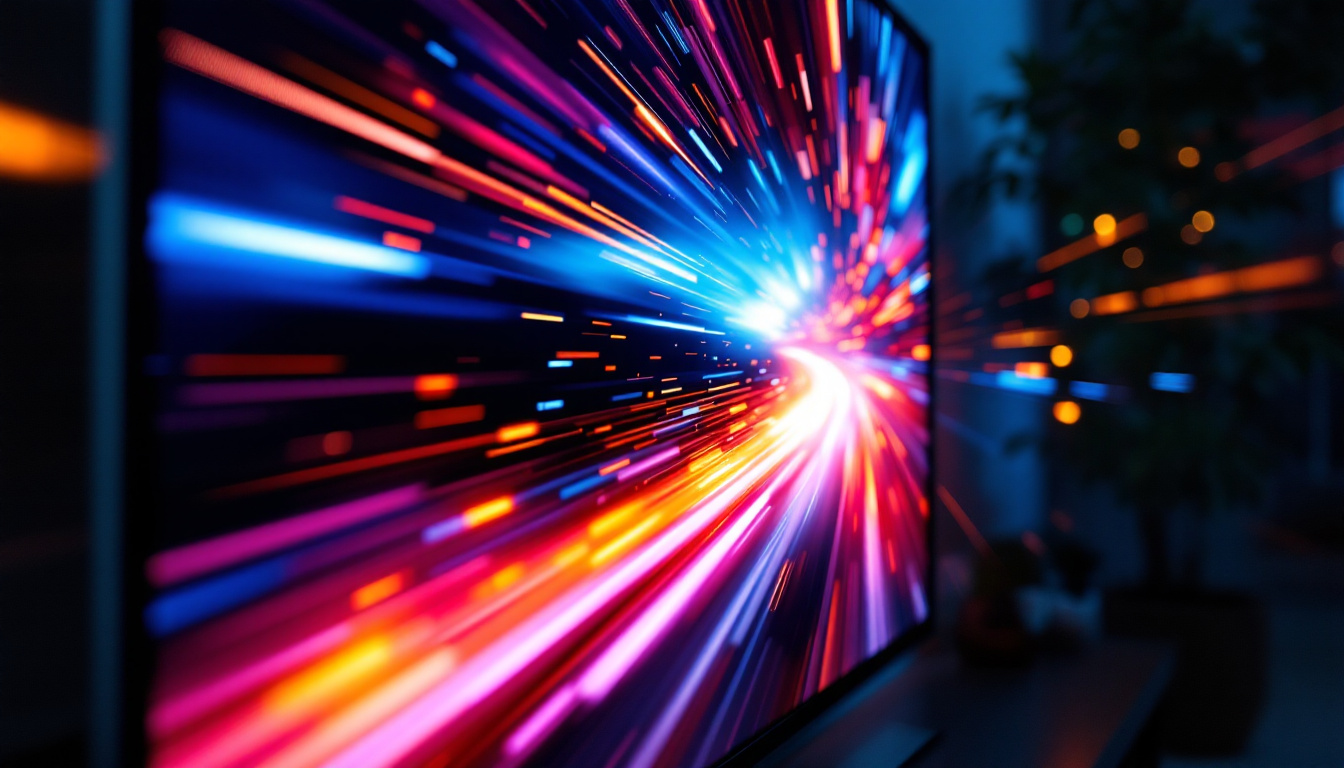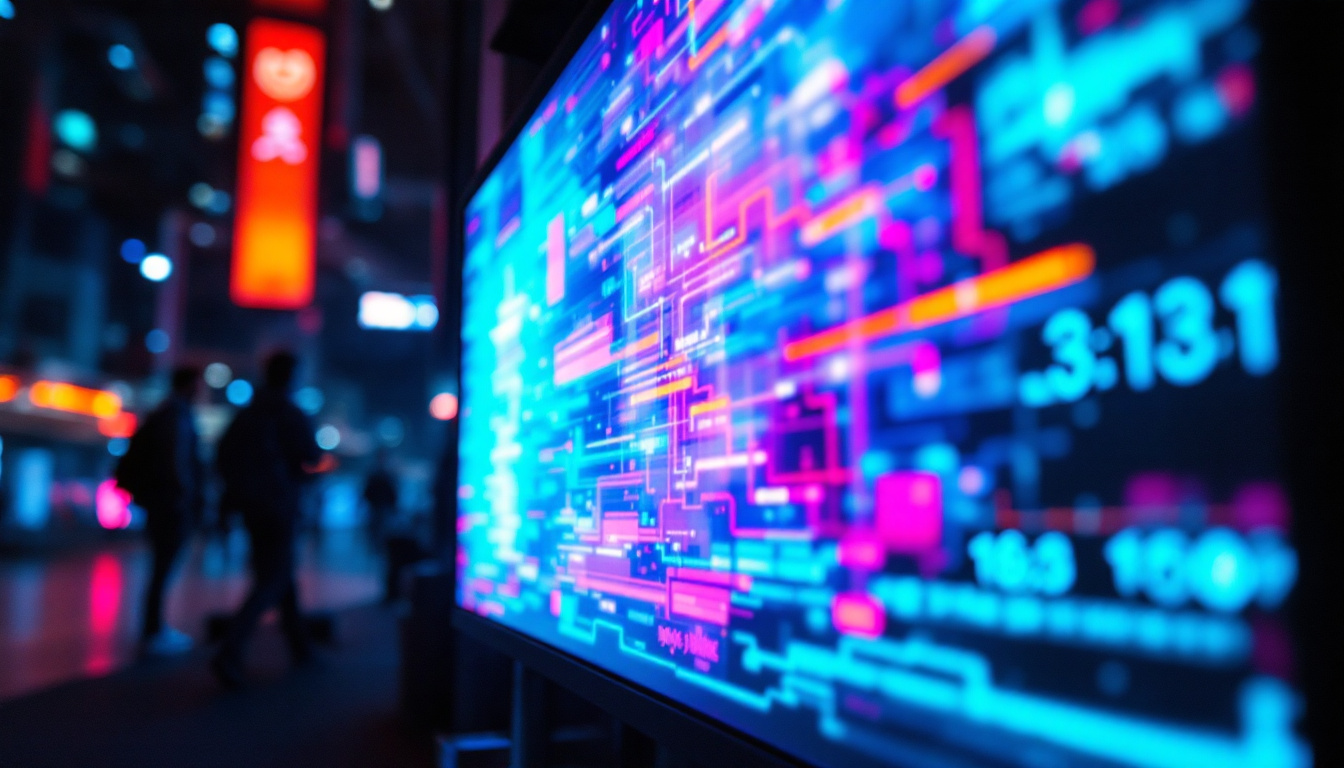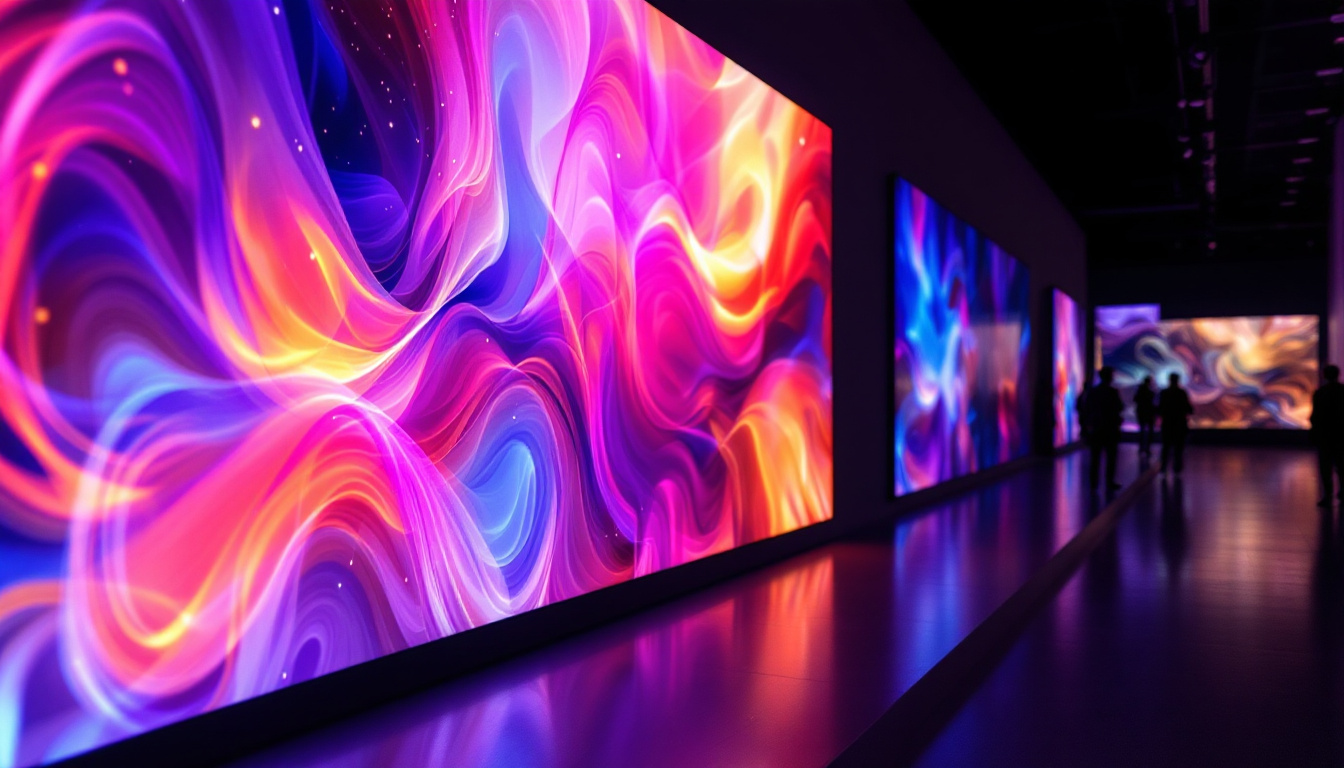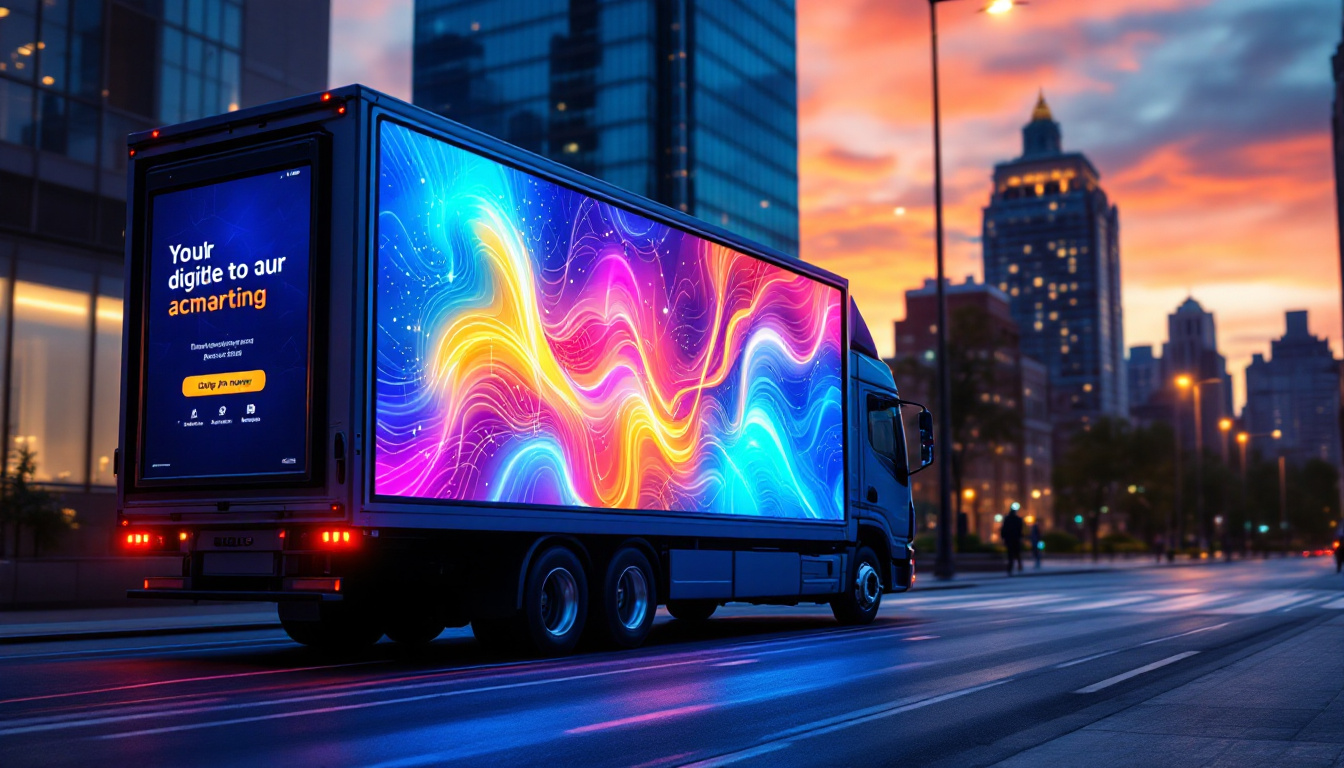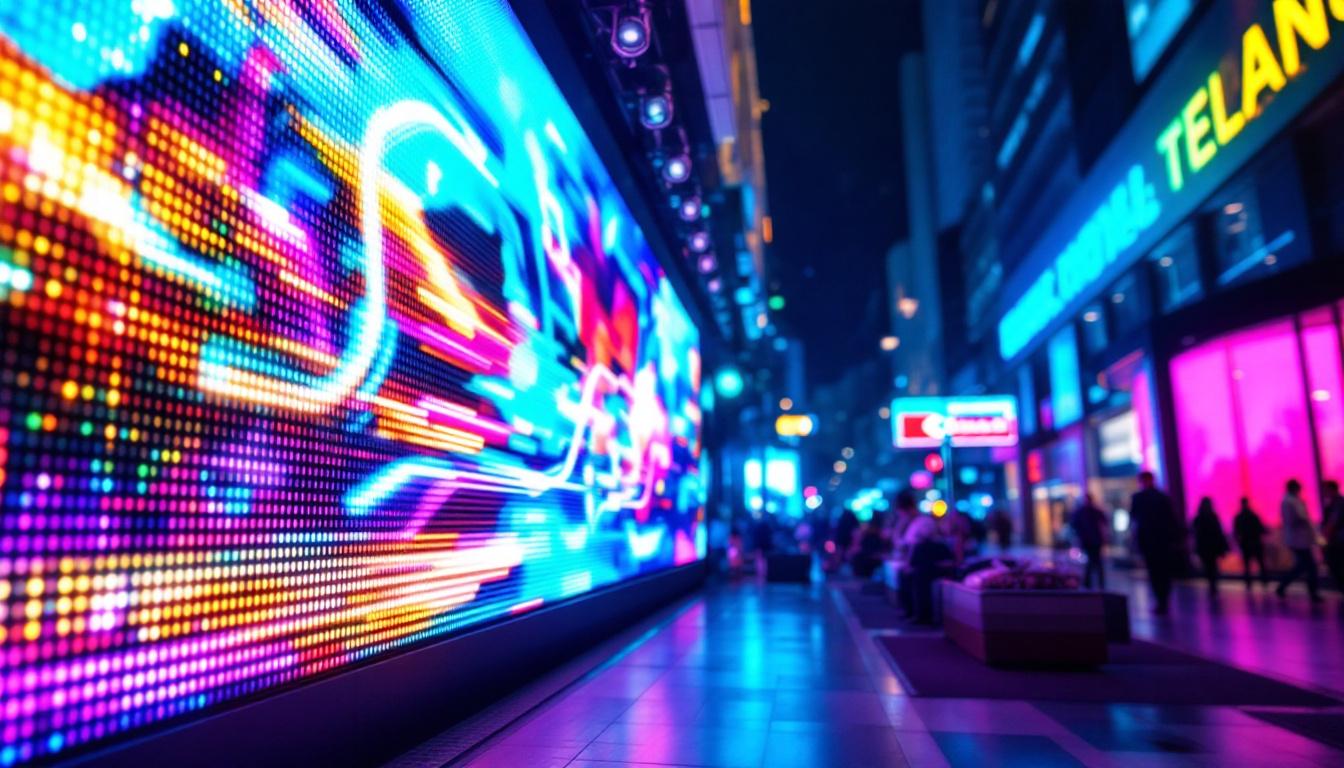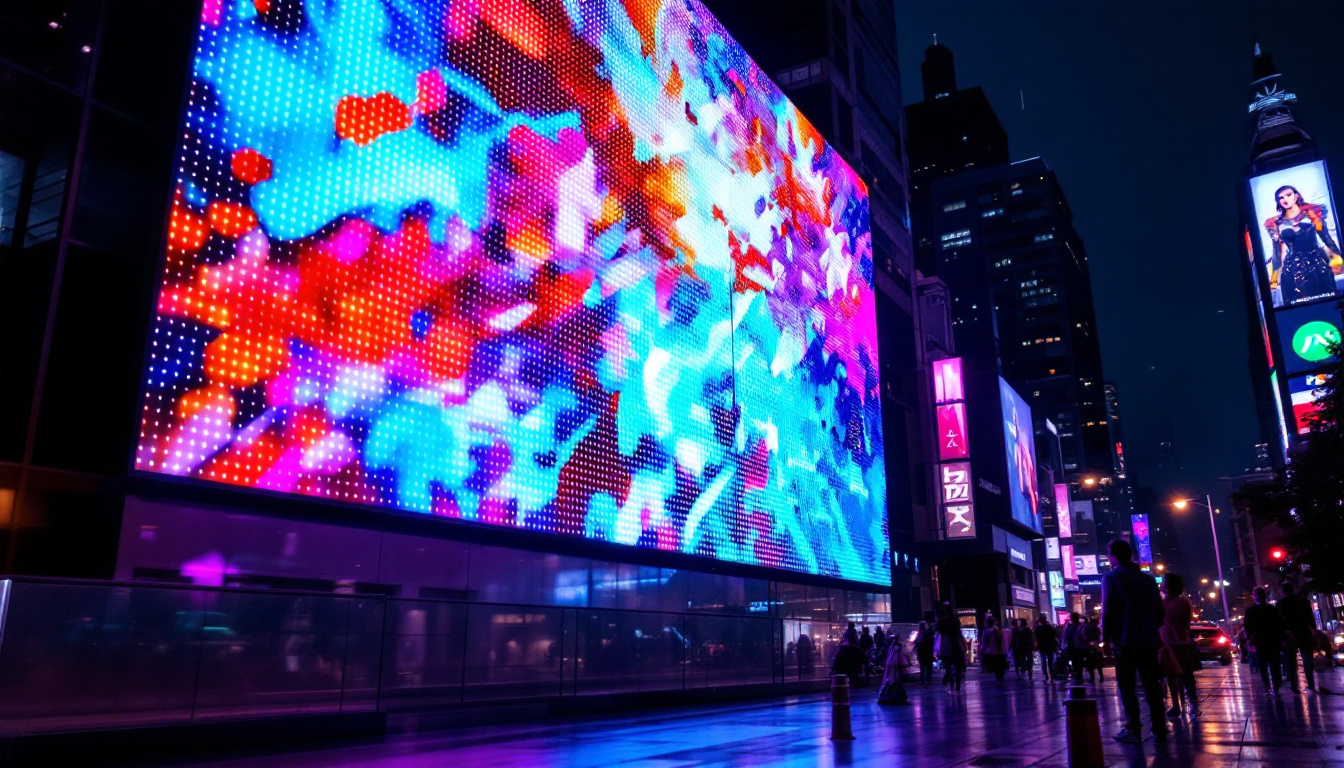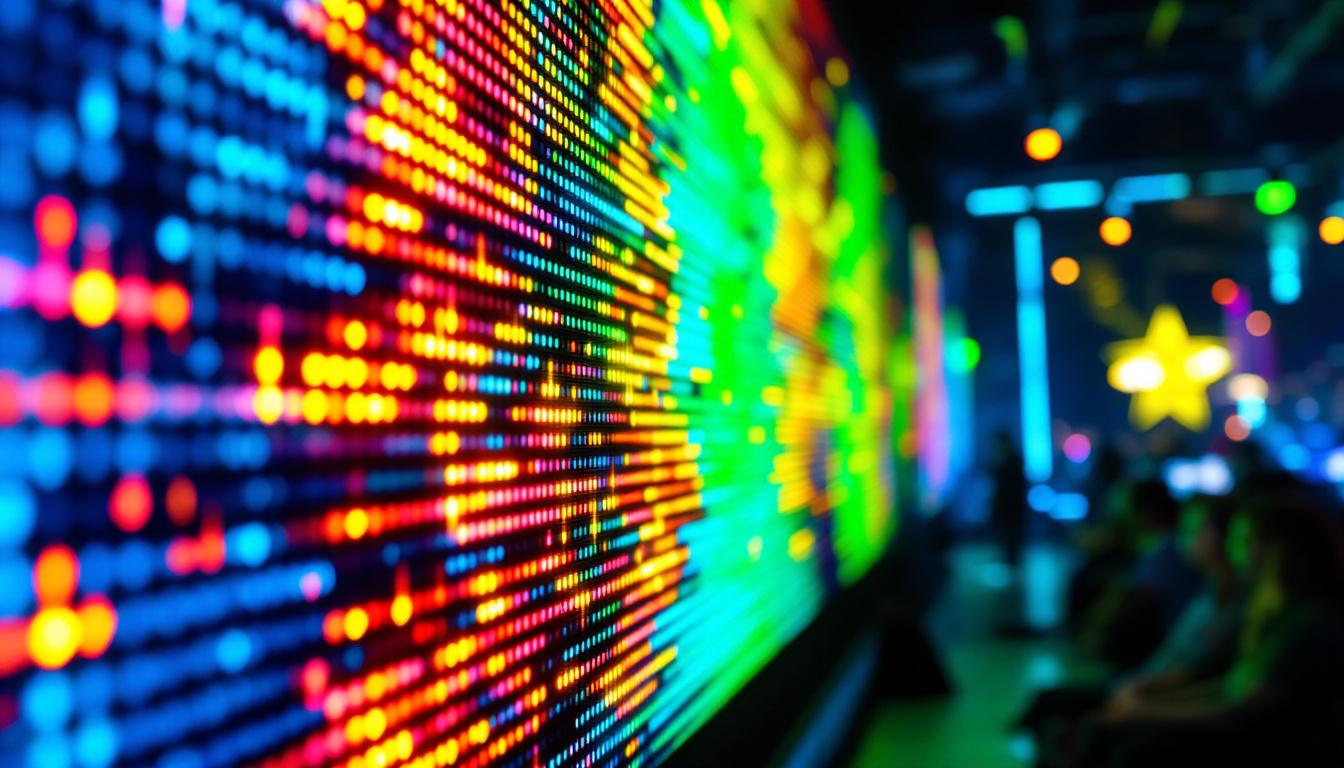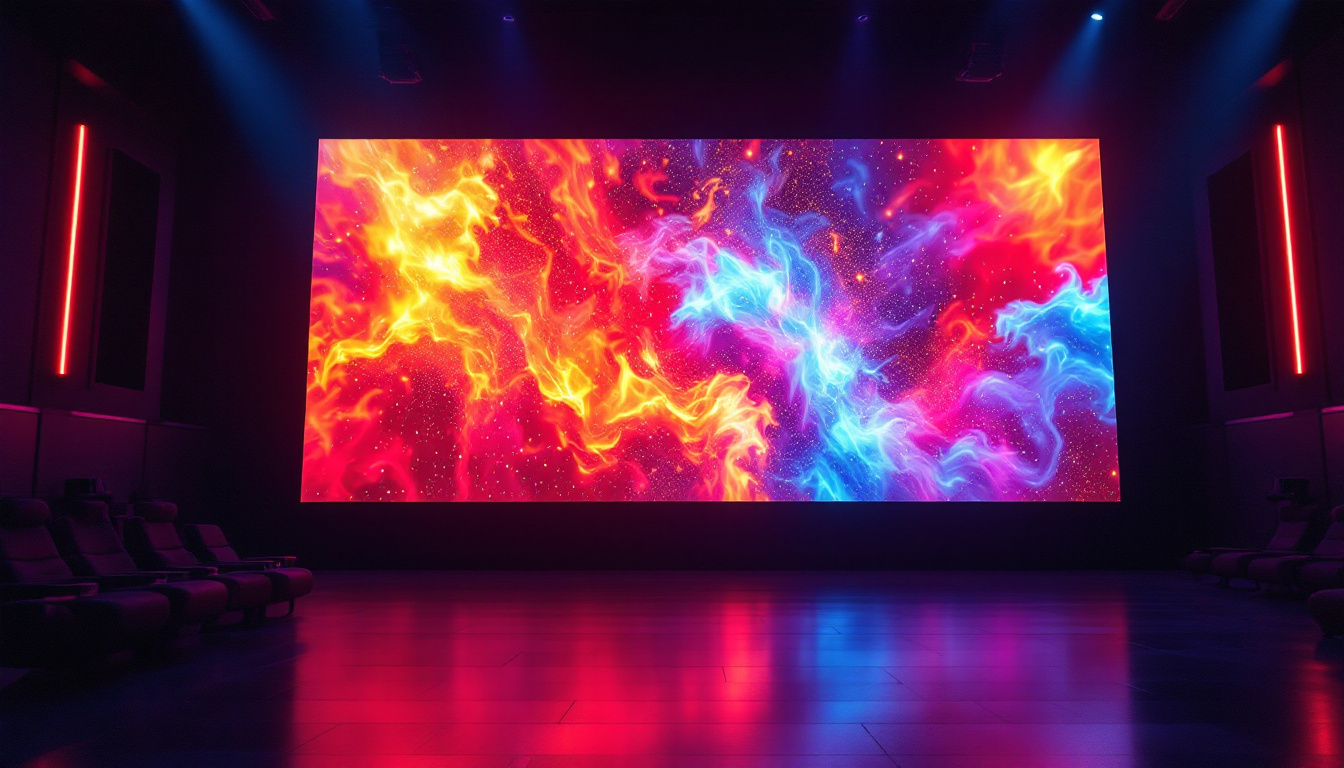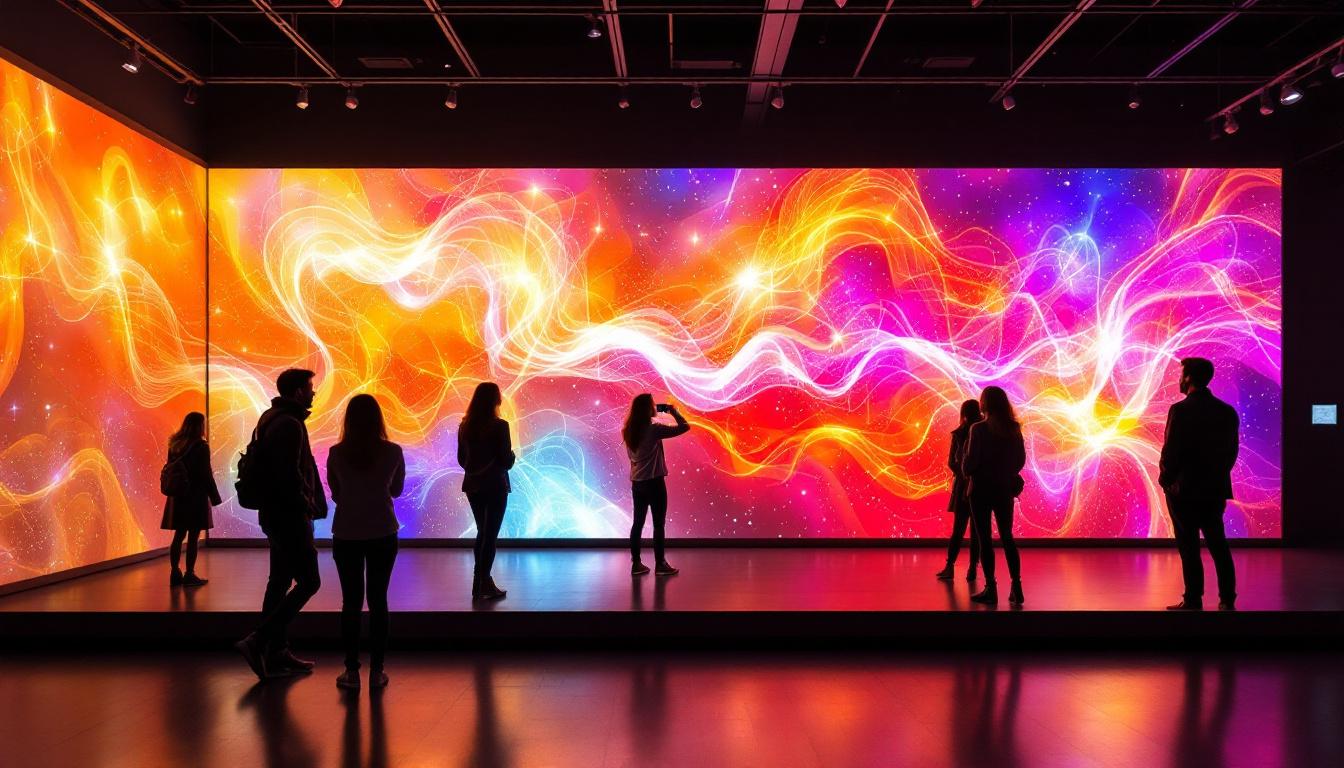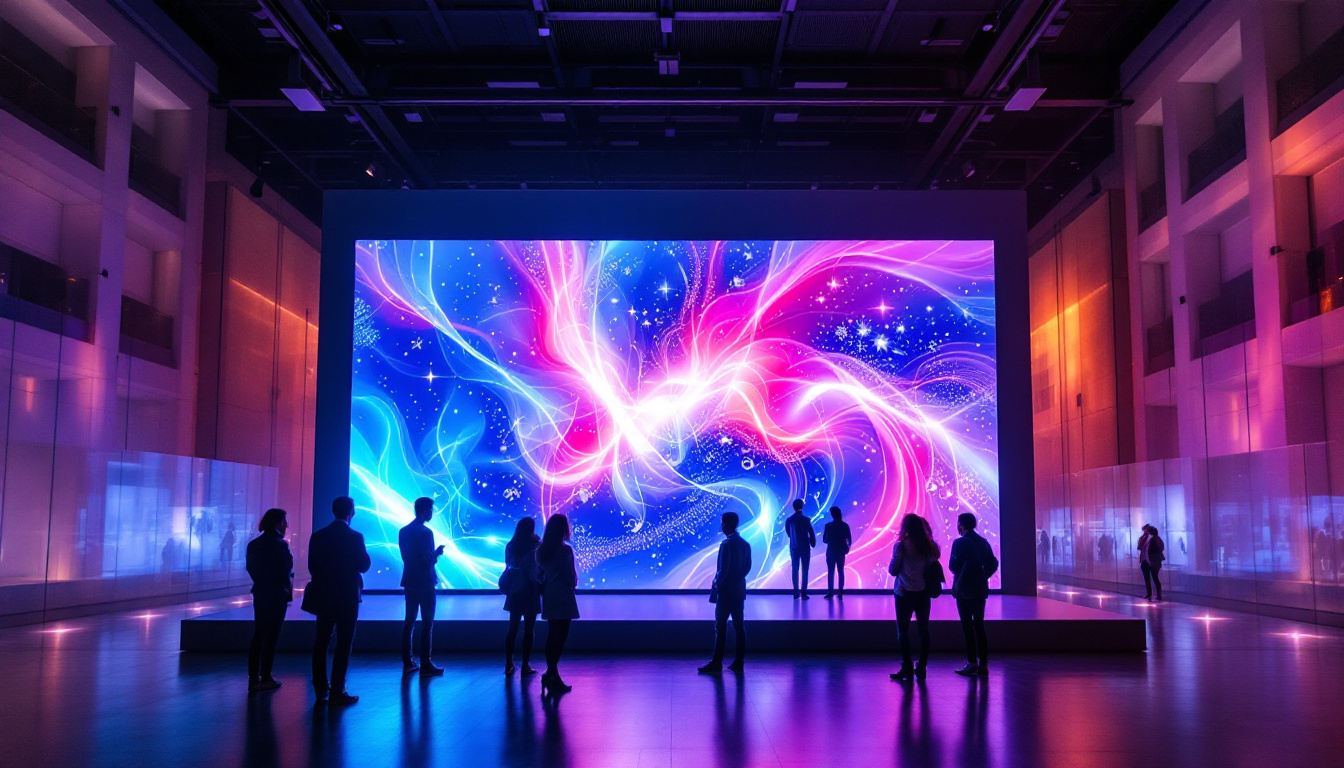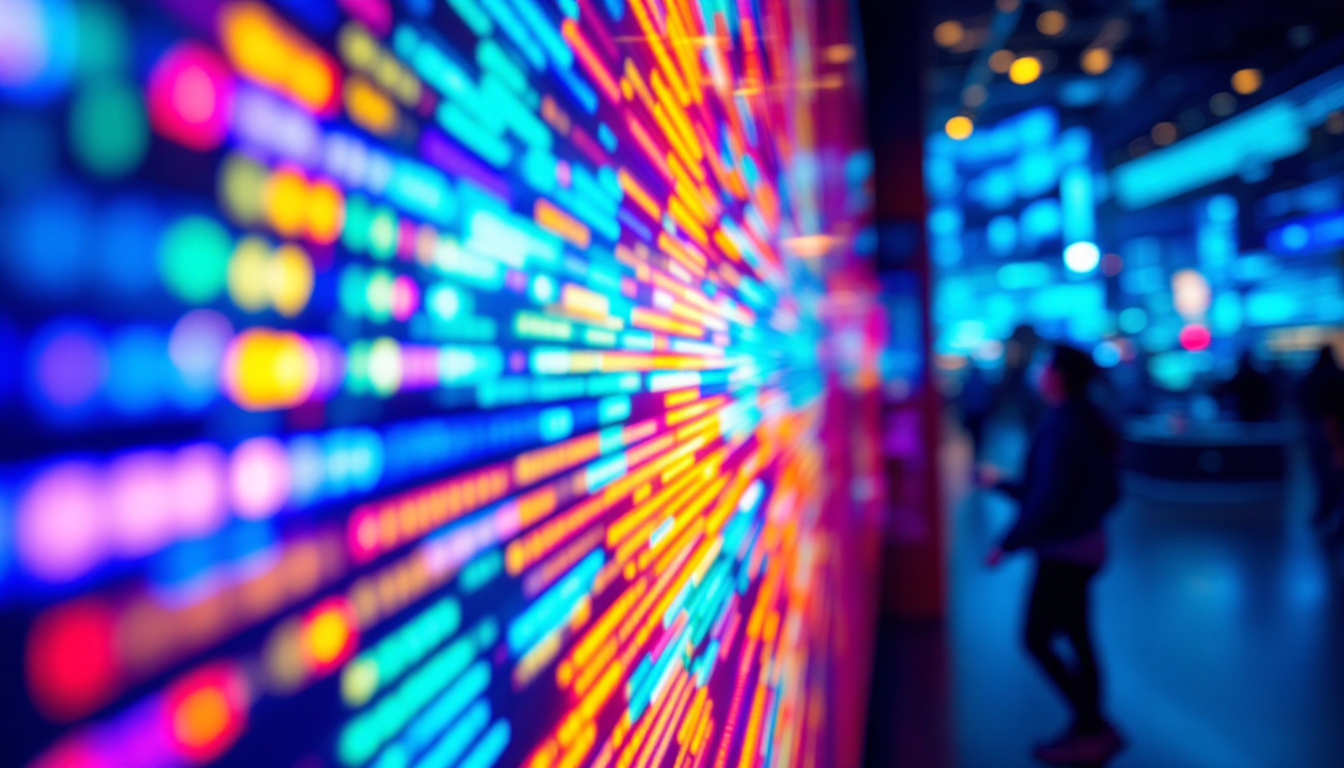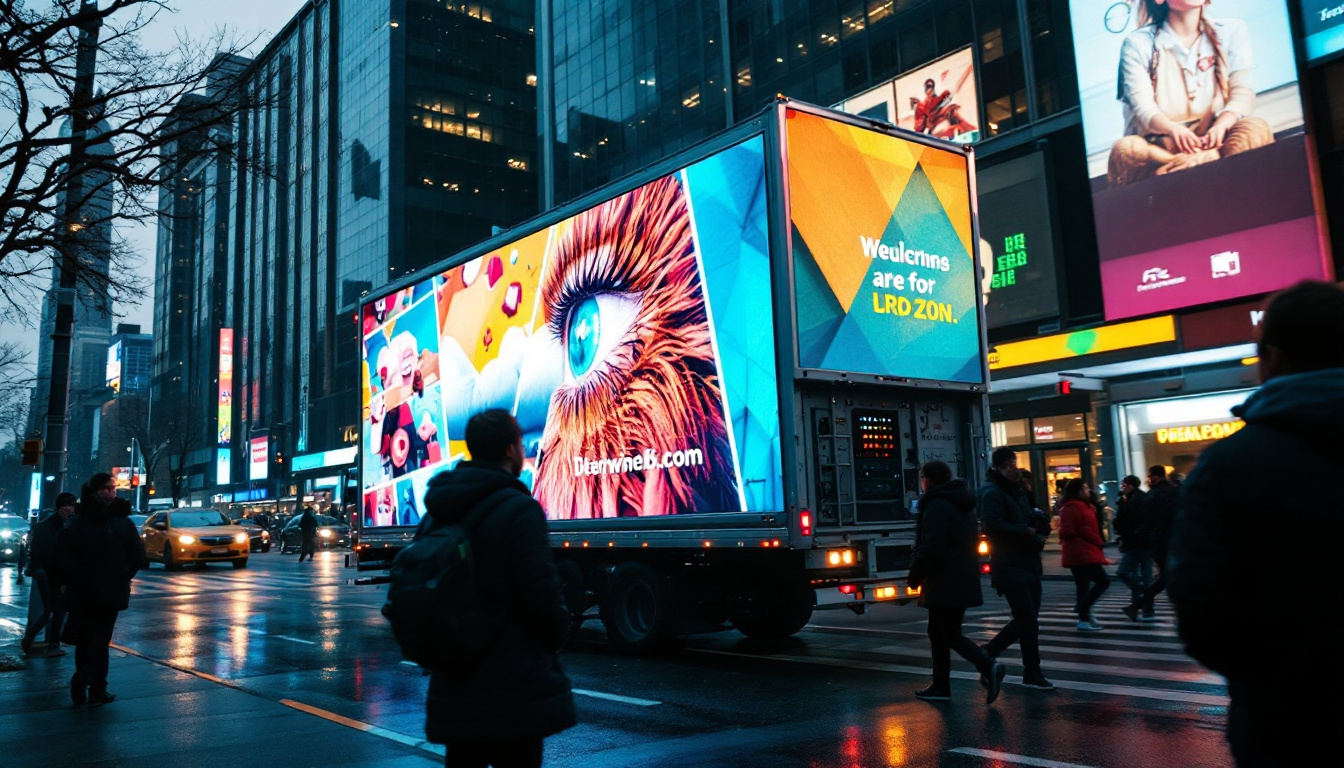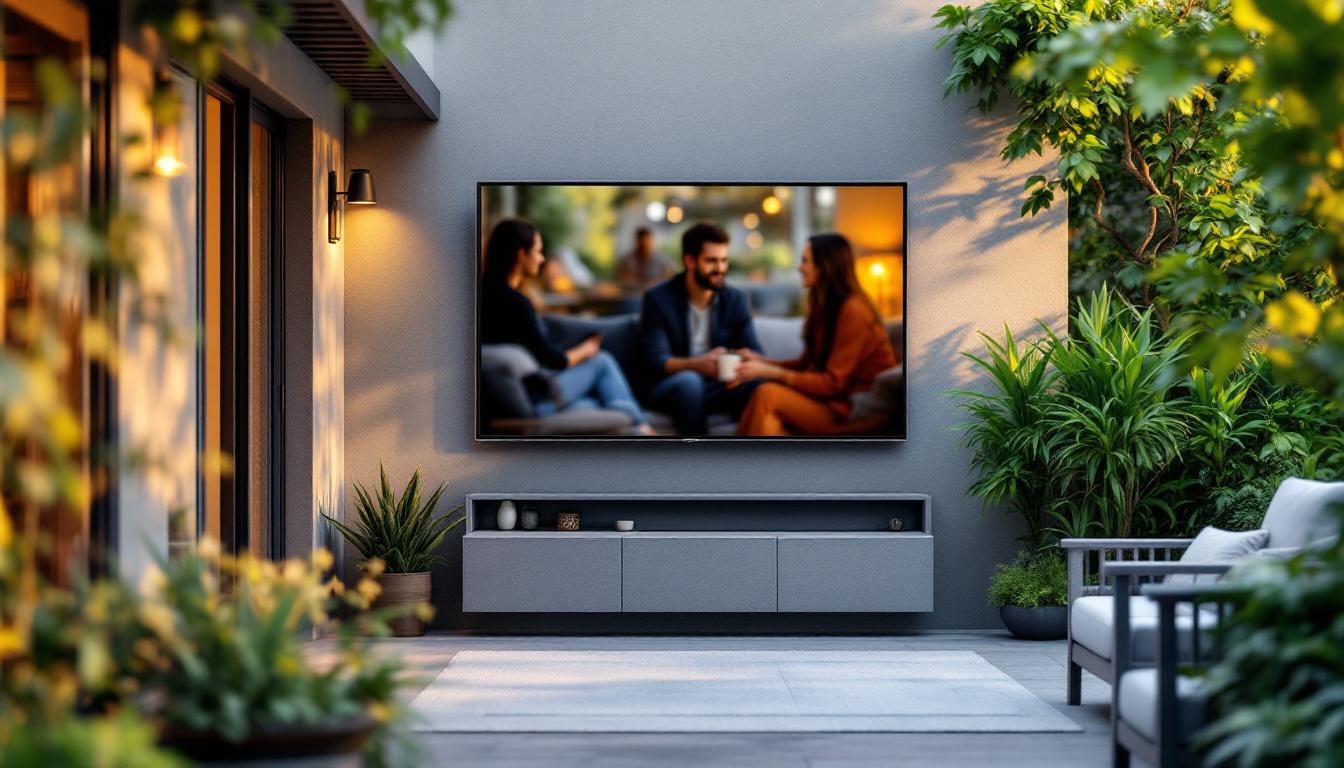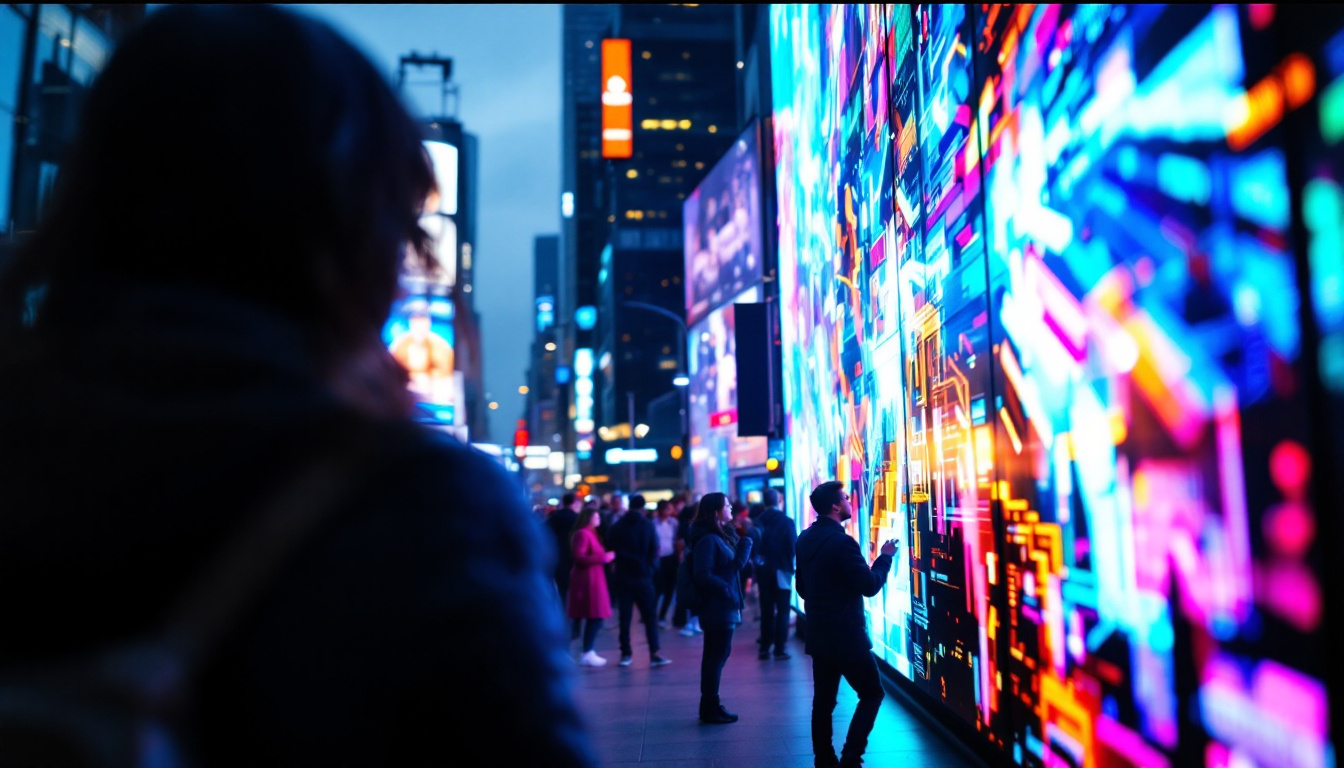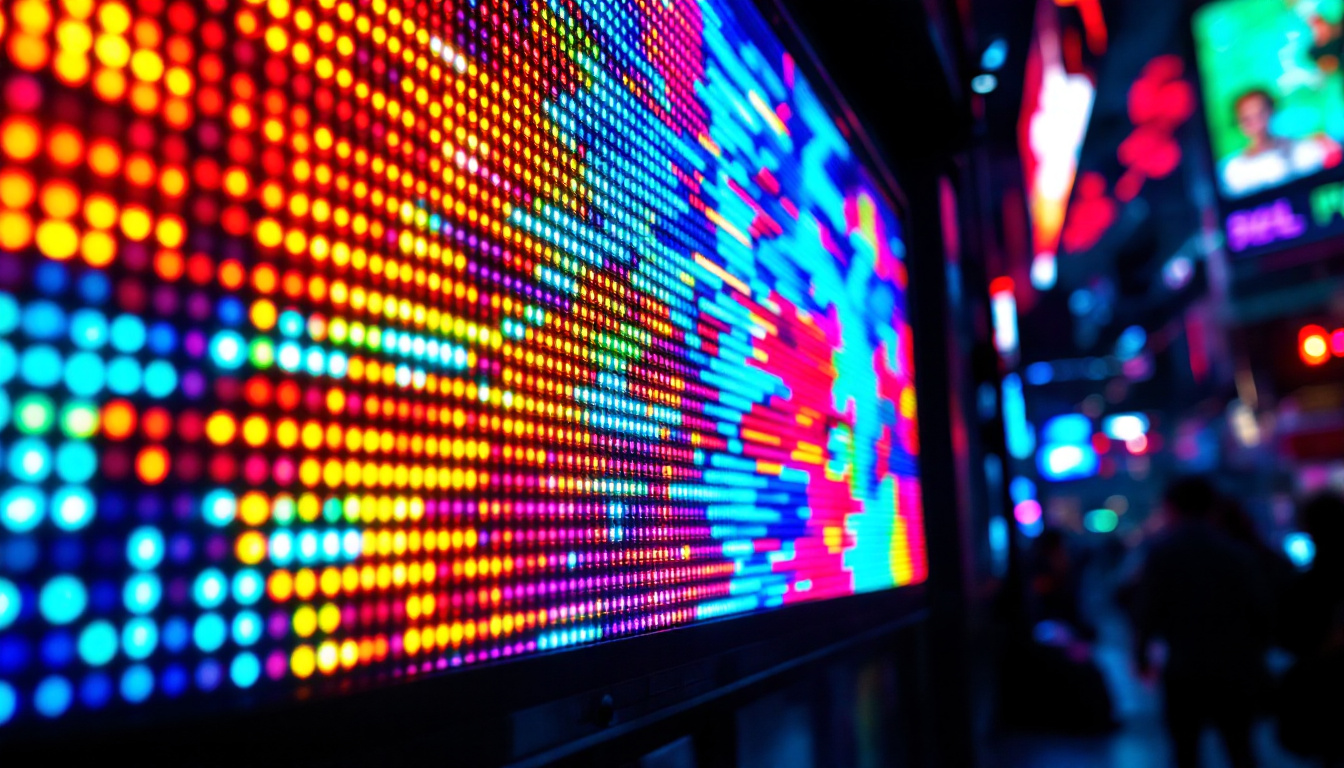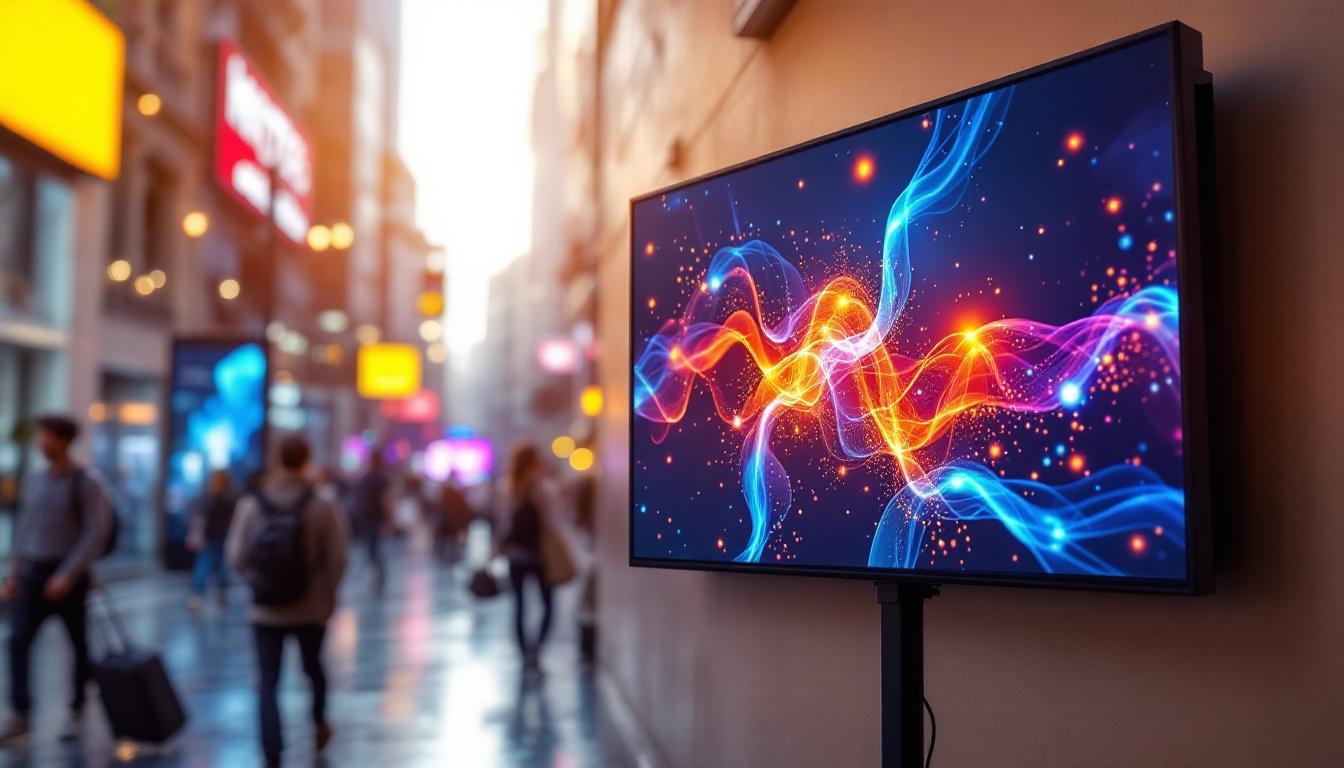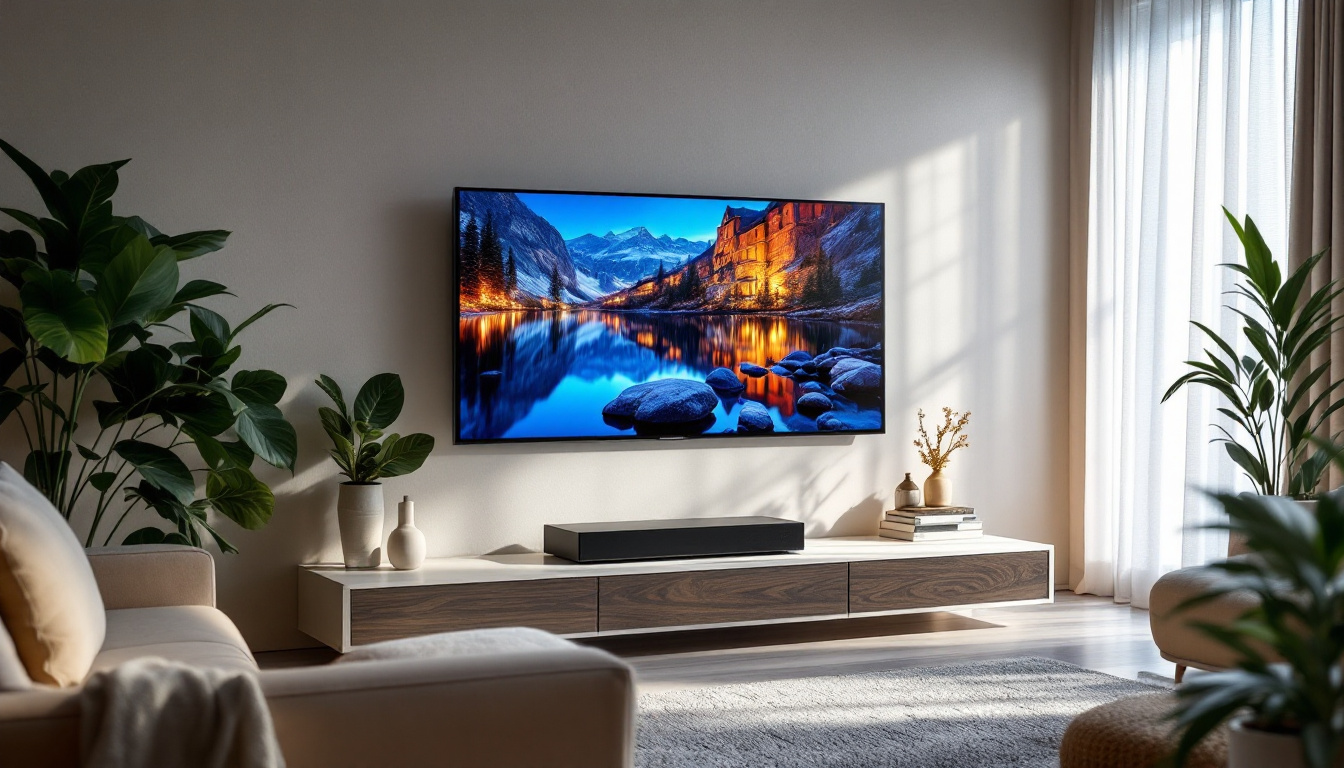In the world of modern advertising and information dissemination, LED sign modules have emerged as a powerful tool. These displays are not only visually striking but also highly versatile, making them suitable for a variety of applications. This article delves into the intricacies of LED sign modules, exploring their components, functionality, and the advantages they offer over traditional signage.
Understanding LED Sign Modules
LED sign modules are essentially the building blocks of LED displays. They consist of multiple light-emitting diodes (LEDs) arranged in a specific configuration to create a larger visual output. These modules can be combined to form larger screens capable of displaying dynamic content, including text, images, and videos. The versatility of LED sign modules makes them an ideal choice for various applications, from storefront advertising to large-scale event displays, where capturing attention is paramount.
Moreover, the technology behind LED modules has evolved significantly, allowing for enhanced brightness and energy efficiency. This advancement means that LED displays can be used in a wider range of environments, including direct sunlight, without losing visibility. As a result, businesses are increasingly adopting LED signage as a cost-effective solution that not only attracts customers but also reduces energy consumption compared to traditional lighting methods.
Components of LED Sign Modules
Each LED sign module is composed of several key components that work together to produce vibrant displays. The most critical component is the LED itself, which is responsible for emitting light. LEDs are available in various colors, allowing for a wide range of visual effects. The selection of LED type can significantly influence the overall performance of the sign, with options ranging from standard through-hole LEDs to advanced surface-mounted devices (SMD) that offer superior color mixing and viewing angles.
In addition to the LEDs, each module typically includes a circuit board that controls the operation of the LEDs. This board manages the power supply and ensures that the correct signals are sent to each LED, allowing for precise control over brightness and color. Furthermore, many modules are equipped with protective casings to shield them from environmental factors, enhancing their durability. These casings are often designed to be weather-resistant, making them suitable for outdoor applications where exposure to rain, dust, and extreme temperatures could otherwise compromise performance.
Types of LED Sign Modules
LED sign modules come in various types, each designed for specific applications. The most common types include:
- Single Color Modules: These modules emit only one color of light, making them ideal for simple text displays and basic signage. They are often used for directional signs or basic announcements, providing a clear and straightforward message.
- RGB Modules: RGB (Red, Green, Blue) modules can produce a wide spectrum of colors by combining different intensities of the three primary colors. They are perfect for dynamic displays that require vibrant graphics, such as promotional banners or event countdowns, where visual impact is essential.
- Full-Color Modules: These advanced modules utilize a combination of RGB LEDs to create full-color images and videos, making them suitable for advertising and entertainment purposes. Full-color modules are particularly popular in sports arenas and concert venues, where they can display high-resolution content that captivates audiences.
Additionally, there are specialized modules designed for unique applications, such as transparent LED panels that allow for creative installations in retail spaces or indoor environments where maintaining visibility through the display is crucial. These innovations continue to push the boundaries of what is possible with LED technology, enabling businesses to engage their customers in increasingly interactive and visually stunning ways.
How LED Sign Modules Work
The operation of LED sign modules is based on a straightforward principle: controlling the flow of electricity to the LEDs. When electricity passes through an LED, it emits light. By varying the voltage and current supplied to each LED, different colors and brightness levels can be achieved.
Control Systems
Control systems play a crucial role in the functionality of LED sign modules. These systems can be as simple as a basic on/off switch for single-color modules or as complex as advanced software for full-color displays. The control system allows users to upload content, schedule messages, and even change displays remotely.
Modern LED displays often utilize software that enables real-time updates, making it possible to change messages or images on the fly. This capability is particularly beneficial for businesses that need to communicate time-sensitive information, such as promotions or event announcements.
Power Supply and Efficiency
Power supply is another critical aspect of LED sign modules. These displays require a stable power source to function correctly. Most modules operate on low voltage, which contributes to their energy efficiency. Compared to traditional incandescent bulbs, LEDs consume significantly less power, making them an environmentally friendly choice.
In addition, advancements in LED technology have led to improved efficiency and longer lifespans. Many LED modules can last for tens of thousands of hours, reducing the need for frequent replacements and maintenance.
Advantages of LED Sign Modules
LED sign modules offer numerous advantages over traditional signage options, making them a popular choice for businesses and organizations. Some of the key benefits include:
High Visibility and Brightness
One of the most significant advantages of LED sign modules is their exceptional visibility. The brightness of LEDs ensures that messages are easily readable even in bright daylight. This feature is particularly important for outdoor signage, where competition from natural light can render traditional signs ineffective.
Moreover, the ability to adjust brightness levels based on ambient light conditions enhances visibility further. This adaptability allows businesses to maintain clear communication with their audience, regardless of the time of day or weather conditions.
Dynamic Content Capabilities
Unlike static signs, LED sign modules can display dynamic content, including animations, videos, and scrolling text. This capability allows for more engaging and interactive advertising, capturing the attention of passersby more effectively.
Dynamic content also enables businesses to convey more information in a shorter amount of time. For instance, a single LED display can rotate through multiple messages, promoting different products or services without the need for multiple signs.
Applications of LED Sign Modules
LED sign modules are used across various industries and applications, showcasing their versatility and effectiveness. Some of the most common applications include:
Retail Advertising
In the retail sector, LED sign modules are employed to promote sales, new arrivals, and special events. Their ability to display vibrant graphics and animations makes them an attractive option for drawing in customers. Retailers often use these displays to create eye-catching window advertisements that can be easily updated to reflect current promotions.
Transportation and Wayfinding
LED sign modules are widely used in transportation hubs, such as airports and train stations, to provide real-time information to travelers. These displays can show arrival and departure times, gate changes, and other essential updates. Additionally, LED modules are utilized in wayfinding systems to guide people through complex environments, ensuring that they reach their destinations efficiently.
Event Signage
For events such as concerts, festivals, and conferences, LED sign modules serve as effective communication tools. They can display schedules, directions, and important announcements, enhancing the overall experience for attendees. The ability to change content quickly allows event organizers to keep participants informed and engaged.
Installation and Maintenance of LED Sign Modules
Installing LED sign modules requires careful planning and execution to ensure optimal performance. Factors such as location, mounting options, and power supply must be considered during the installation process.
Installation Considerations
When installing LED sign modules, it is essential to assess the intended location carefully. Factors such as visibility, height, and exposure to weather conditions play a crucial role in determining the best placement for the display. Additionally, the mounting structure must be sturdy enough to support the weight of the modules and withstand environmental factors.
Proper wiring and power supply setup are also vital to ensure the display operates efficiently. It is recommended to consult with professionals who specialize in LED installations to guarantee that all components are correctly installed and configured.
Maintenance Practices
While LED sign modules are generally low-maintenance, regular upkeep is essential to ensure their longevity and performance. Cleaning the display surface periodically helps maintain visibility and prevents dirt buildup that could obscure the content.
Additionally, monitoring the functionality of the control system and power supply is crucial. Any signs of malfunction should be addressed promptly to avoid prolonged downtime. Many manufacturers provide guidelines for maintenance, which can help users keep their displays in optimal condition.
The Future of LED Sign Modules
The future of LED sign modules looks promising, with ongoing advancements in technology and design. Innovations such as flexible LED displays and improved energy efficiency are paving the way for even more versatile applications.
Emerging Technologies
As technology continues to evolve, new developments in LED technology are expected to enhance the capabilities of sign modules. For instance, the integration of smart technology allows for more sophisticated control systems that can analyze data and optimize content delivery based on audience engagement.
Additionally, advancements in materials and manufacturing processes are leading to thinner, lighter, and more flexible LED displays. These innovations open up new possibilities for creative signage solutions, allowing businesses to explore unique designs that were previously unattainable.
Environmental Considerations
As sustainability becomes a more pressing concern, the LED industry is also focusing on reducing environmental impacts. The development of energy-efficient modules and recyclable materials is expected to play a significant role in the future of LED signage.
Moreover, the ability to control brightness and power consumption intelligently will contribute to reducing the carbon footprint of LED displays, making them an even more attractive option for environmentally conscious businesses.
Conclusion
LED sign modules have revolutionized the way businesses communicate with their audiences. Their high visibility, dynamic content capabilities, and versatility make them an invaluable tool for advertising and information dissemination. As technology continues to advance, the potential applications for LED sign modules will only expand, offering exciting opportunities for innovation in the signage industry.
With proper installation and maintenance, these displays can provide long-lasting benefits, enhancing brand visibility and engagement. As businesses increasingly recognize the advantages of LED sign modules, their adoption is likely to grow, shaping the future of visual communication.
Discover the Future of LED Signage with LumenMatrix
Ready to elevate your visual communication strategy with the latest in LED display technology? LumenMatrix is at the forefront of innovation, offering a diverse range of LED display solutions tailored to your unique needs. From captivating Indoor and Outdoor LED Wall Displays to dynamic Vehicle and Sports LED Displays, and even customizable options like Floor and Transparent LED Displays, we have the tools to transform your message into an unforgettable visual experience. Don’t just take our word for it; check out LumenMatrix LED Display Solutions today and see how we can help you make a lasting impression.

